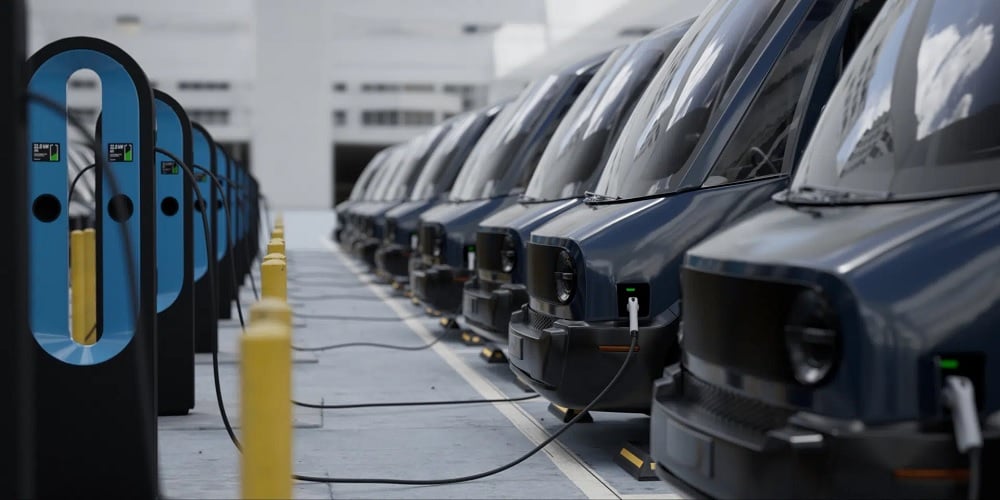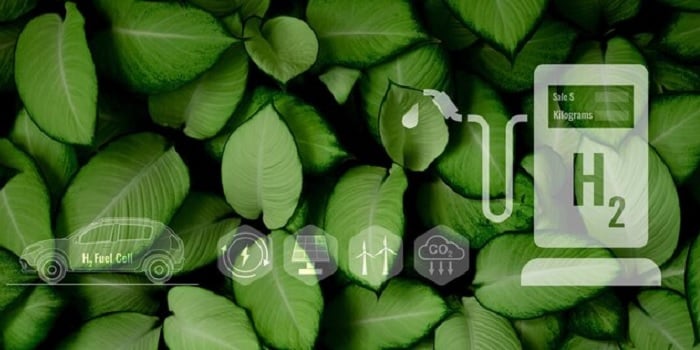How to achieve net zero emissions in your government fleet fast

Experts recommend that we need to reach a net-zero world by the early 2050s. Meeting this goal in so short a time requires the involvement of private and public organizations.
With just two and a half decades until the suggested deadline, state and local entities must begin their transformation as soon as possible. This guide can help you make informed decisions about quickly achieving net zero in your government fleet.
How to achieve net zero emissions in government fleets
The speed at which your fleet can reach zero emissions depends on several factors. The most common and impactful of these include:
- The size of your fleet: Public fleets with only a few hundred vehicles can transition much faster than ones with over 1,000 vehicles.
- The composition of your fleet: Fleets composed of smaller passenger vehicles may require less strategic planning than ones with complex vehicles (such as street sweepers, school buses, and law enforcement vehicles).
- The funding allocated to greening your fleet: The bigger your budget is, the faster you can acquire zero-emission tools, equipment, and technology.
The average government fleet has planned a net-zero transition within the next ten to twenty-five years. Different governments follow different timelines depending on their unique factors, including:
- King County Metro: This metro is transitioning to a 100% zero-emissions fleet by 2035.
- City of Laguna Beach: The goal is to be completely zero emission by 2040.
- City of Aspen: The municipality plans to reduce greenhouse gas emissions by 100% in 2050.
The fastest methods of reaching net-zero emissions
If you want to achieve net-zero emissions as quickly as possible, you can use the following strategies to speed up your timeline.
1. Replacing traditional vehicles with ZEVs
The average traditional passenger vehicle emits 4.6 metric tons of CO2 per year. ZEV vehicles produce no carbon emissions, cutting thousands of pounds of CO2 per vehicle annually.
You can perform a fleet audit to identify opportunities for new EVs. You can also consider grants or federal funding programs to offset the acquisition cost.
2. Tracking and optimizing fuel use
Telematics monitors fuel expenditures, common routes, and driver behaviors contributing to excessive fuel use. This may enable you to cut fuel use and CO2 emissions by up to 15%. If you’re unsure which telematics to acquire, consider reading these supplemental guides.
3. Rightsizing your fleet
Adjusting your fleet to meet demand and utilization is an excellent way to reduce unnecessary emissions. Too few vehicles, and existing models may obtain excessive wear and tear. Too many vehicles, and you may expend unnecessary greenhouse gases.
If you haven’t recently performed a total fleet audit, you can use telematics to identify replaceable candidates. Low utilization ratios and excessive fuel expenditures are two definite arguments for vehicle replacement.
4. Implementing driver behavior training
Many fleet drivers could benefit from training around eco-friendly driving behavior and EV operation. Some drivers are unaware of the dangers of excessive idling, while others are unfamiliar with EVs or concerned about range anxiety.
A focus on driver behavior training could alleviate some of these fears. Research shows that even single-day training could reduce overall fuel use by up to 20%.
5. Choosing cooperative contracts to source proper equipment
The acquisition of emission-reducing technology can take months or even years to complete. The legacy RFP significantly slows down the timeline, taking anywhere from nine months to three years to finalize.
In contrast, cooperative contracts assist with speeding up the procurement timeline. Since you only need to browse, select, and confirm the details with your supplier, you can progress from searching to signing a contract in a shorter period of time.
Additional benefits of cooperative contracts include:
- Leveraged buying power to access high-quality resources with an economy of scale
- Competitively sourced contracts with hundreds of leading national suppliers
- Compliance and flexibility to meet ever-evolving needs
Procuring the right tools for a net-zero future
To reach the goal of net-zero emissions, governments must use all resources at their disposal. These include competitively sourced cooperative contracts from hundreds of North American suppliers.
Sourcewell can help you find the vital software, tools, and equipment to achieve net-zero emissions within your public fleet. The most popular contracts entail:
- Automotive parts and tires, which ensure that your EVs receive quality repairs and upgrades
- EVs, which include light-duty passenger vehicles, medium-duty cargo vehicles, and heavy-duty hauling vehicles
- Telematics software, which enables you to keep track of fuel expenditures, track routes via GPS, and monitor driver behavior
You can register your organization with Sourcewell online to connect with vetted suppliers almost immediately.
The electrification of fleet vehicles can save city leaders and public fleet professionals money and time—and accelerate the progress to net-zero emissions in government fleets. Is your public fleet ready to transition to electric vehicles? See how Sourcewell can be a trusted partner in your EV journey.


